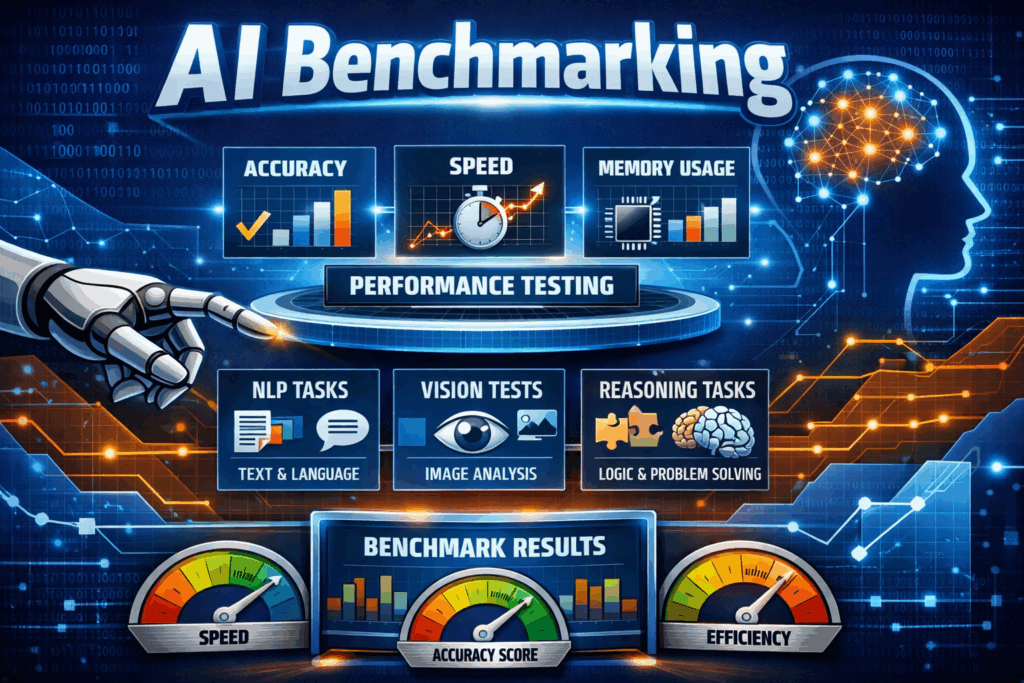I’ve always been skeptical of benchmarks in software engineering and technology in general. Over my 5+ decades of software engineering, I’ve watched industry benchmark activities and reports. You probably have read technical articles and advertisements that often use benchmark results in reviews and comparison ads. During different hyperactive periods of hardware and software technology advances, READ MORE
Category: Software Engineering
Runtime, a Computer Science and Software Engineering “Children’s Book”
Runtime is a children’s book written and illustrated by Jasmine Patel – Author and Cal Poly Computer Science / Software Engineering (CSSE’20) Alumna. “Runtime,” is a children’s book that highlights the creative and fun elements of computer science to inspire youth to pursue computer science. Amazon Description “Runtime is a whimsical adventure jam-packed with educational READ MORE
Technology News Worth Reading
Here are a few technology news stories that I’ve read in the past week or so. How to Convert a PDF to PNG or JPG in Java This article reviews three Conversion APIs that will allow you to convert any PDF document into an image. This includes conversion to a PNG or JPG array with READ MORE
Technology News Worth Reading
Here are a few technology news stories that I’ve read in the past week or so. Cloud Native Computing Foundation Announces Rook Graduation Rook is an open source cloud native storage orchestrator for Kubernetes, providing the platform, framework, and support for a diverse set of storage solutions to natively integrate with cloud native environments. Rook READ MORE

